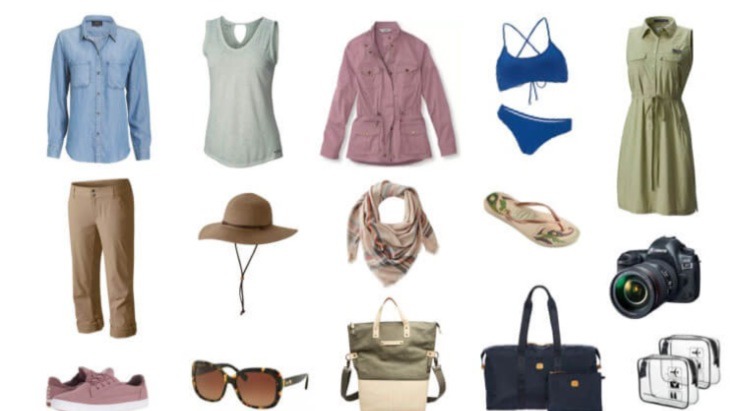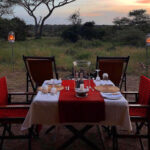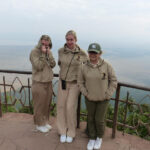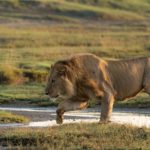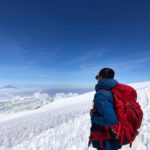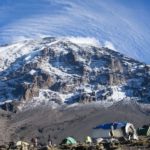Ever thought about the diversity of climates within a single country? Tanzania offers everything from the sweltering plains of the Serengeti to the chilly crags of Mount Kilimanjaro. This means your packing list must be as varied as the landscape itself.
Tanzania’s climate ranges significantly, with coastal regions often hot and humid while higher altitudes can be cool. For instance, a trek up Kilimanjaro demands thermal gear even though Tanzania straddles the equator. Moreover, according to meteorological data, temperatures can fluctuate as much as 40 degrees Fahrenheit within a day; thus, layering is key.

Essential Clothing for Tanzania’s Varied Weather Conditions
Tanzania’s climate varies greatly depending on the region and altitude. For coastal areas like Zanzibar, light and breathable fabrics are ideal, as temperatures often remain warm and humid. Cotton and linen materials help keep you cool and comfortable. A wide-brimmed hat and sunglasses are essential to protect against the strong sun. Also, pack a light scarf or sarong for extra coverage.
When visiting highland areas such as the Ngorongoro Crater, you’ll need to adjust your wardrobe. Mornings and evenings can be quite chilly, so layers are key. Think about thermal tops, sweaters, and a waterproof jacket. As the day warms up, you can shed layers to stay comfortable. Also, a pair of sturdy hiking boots will serve you well on uneven terrain.
Don’t forget the specific needs of a safari adventure on the Serengeti. Neutral-colored clothing helps you blend in with the environment, making it easier to observe wildlife. Long-sleeved shirts and pants offer protection against insect bites and the sun. A wide-brimmed hat is useful here too. Here are some recommended items:
- Neutral-colored long-sleeved shirts
- Convertible pants
- Wide-brimmed hat
- Light jacket
If you plan to climb Mount Kilimanjaro, the weather can be extreme. It’s essential to bring winter gear, such as insulated jackets and pants, thermal underwear, and gloves. The higher you go, the colder it gets. A good set of hiking socks can prevent blisters during long treks. Here’s a quick checklist:
- Insulated jackets and pants
- Thermal underwear
- Warm gloves
- Hiking socks
Understanding the Climate Zones and Necessary Attire
Tanzania’s climate zones vary dramatically from lowland coastal areas to highland regions. Coastal areas such as Dar es Salaam and Zanzibar experience hot and humid weather year-round. Therefore, light and breathable clothing is essential. Cotton shirts, shorts, and sandals will keep you comfortable. Don’t forget sun protection like hats and sunscreen.
In contrast, the highland areas like Arusha or Mount Kilimanjaro have cooler temperatures, especially in the evenings. Layering is crucial in these regions. Start with a thermal base layer, add a fleece jacket, and top it off with a waterproof coat. This combination keeps you warm during cooler mornings and evenings while allowing flexibility throughout the day. Here’s a useful layering guide:
- Thermal base layer
- Fleece jacket
- Waterproof coat
Central Tanzania, including the Serengeti, features a semi-arid climate with dry and wet seasons. During the dry season, temperatures are warm, and lightweight clothing is ideal. In the wet season, a good rain jacket and waterproof shoes are necessary. Maintain neutral colors for safari trips to blend with the environment.
The western regions, near Lake Victoria, boast a mix of tropical and temperate climates. Lightweight fabrics still work best here, but packing a light sweater is wise for cooler evenings. Quick-dry clothing is also handy due to occasional showers. Packing appropriately ensures you are prepared for any weather shifts during your travels.
Special Considerations for Safari and Outdoor Activities
When preparing for a safari, your clothing choices become essential for both comfort and safety. Neutral colors like khaki, brown, and green help you blend into the environment. This makes it easier to observe wildlife without startling them. Lightweight, long-sleeved shirts and pants are needed to protect against insects and the sun. Safari clothing should be practical and functional.
Footwear is a critical consideration for outdoor activities. Sturdy, closed-toe shoes or hiking boots are essential for walking safaris and long treks. These should be comfortable and broken-in before your trip to prevent blisters. Waterproof shoes are recommended to handle the occasional rain. Always choose footwear that suits the terrain you will be exploring.
Accessories also play a vital role in your outdoor adventure. A wide-brimmed hat shields you from the sun, while a good pair of sunglasses protects your eyes. Carry a lightweight daypack for essentials like water, snacks, and a camera. Also, bring a high-quality pair of binoculars to enhance your wildlife viewing experience. Essential accessories include:
- Wide-brimmed hat
- Sunglasses
- Lightweight daypack
- Binoculars
Consider the weather when packing for outdoor activities. A light rain jacket or poncho is handy during the wet season. Evenings can be cool, so have a warm layer readily available. Quick-dry clothing helps in the humid heat but also dries fast after a sudden shower. Packing wisely ensures a comfortable and enjoyable safari experience.
Tips for Packing Light and Right with Rolux Safaris
Packing light is crucial for enjoying your Tanzanian adventure without the burden of heavy luggage. Start by choosing versatile clothing items that mix and match easily. Neutral colors work best and are suitable for different activities, including safaris and city tours. Consider quick-dry materials that are both comfortable and practical. Remember, packing fewer items can make your journey more enjoyable.
Focusing on necessities can help you manage space and weight. Essential items like toiletries and medications should be packed in travel-sized containers to save space. Rolux Safaris advises its travelers to carry a well-organized toiletry bag to keep everything compact. This ensures that you can find what you need quickly. Plus, keeping your essentials organized reduces the risk of leaving something important behind.
When it comes to gadgets, take only what you need. A smartphone with a good camera might be enough, reducing the need for extra gadgets. Don’t forget to pack necessary accessories like chargers and adapters. A portable power bank can be very useful for long days in the field. You’ll stay connected and ready to capture all the amazing wildlife moments.
Consider the weather and pack accordingly. Lightweight layers work well for varying temperatures, while a compact rain jacket can keep you dry. Rolux Safaris recommends using packing cubes to keep your bag organized and items easy to locate. Packing cubes make it simpler to separate clothing for different climates. This method maximizes space and keeps everything tidy.
Footwear is also an important consideration. Comfortable walking shoes are a must, along with a pair of lighter shoes for evenings at camp. If you plan to hike, opt for sturdy boots that offer good support. Rolux Safaris suggests bringing a small shoe bag to separate dirty or muddy shoes from your clean clothes. This will keep your luggage fresh and clean.
Lastly, don’t forget important documents. Keep your passport, travel insurance, and any necessary permits in an easily accessible place. Rolux Safaris often provides travelers with a handy document organizer. This small touch can make your trip more seamless. Travelling lightly with essential items not only makes your adventure more enjoyable but also allows you to focus more on the incredible experiences Tanzania has to offer.
Key Takeaways
- Wear lightweight clothes for the coast and layered outfits for the highlands.
- Choose breathable fabrics and use sun protection gear like hats and sunscreen.
- Neutral tones are perfect for safaris to blend with the environment.
- Packing thermal layers is essential for cooler areas in Tanzania.
- Don’t forget comfortable walking shoes or hiking boots for various terrains.

